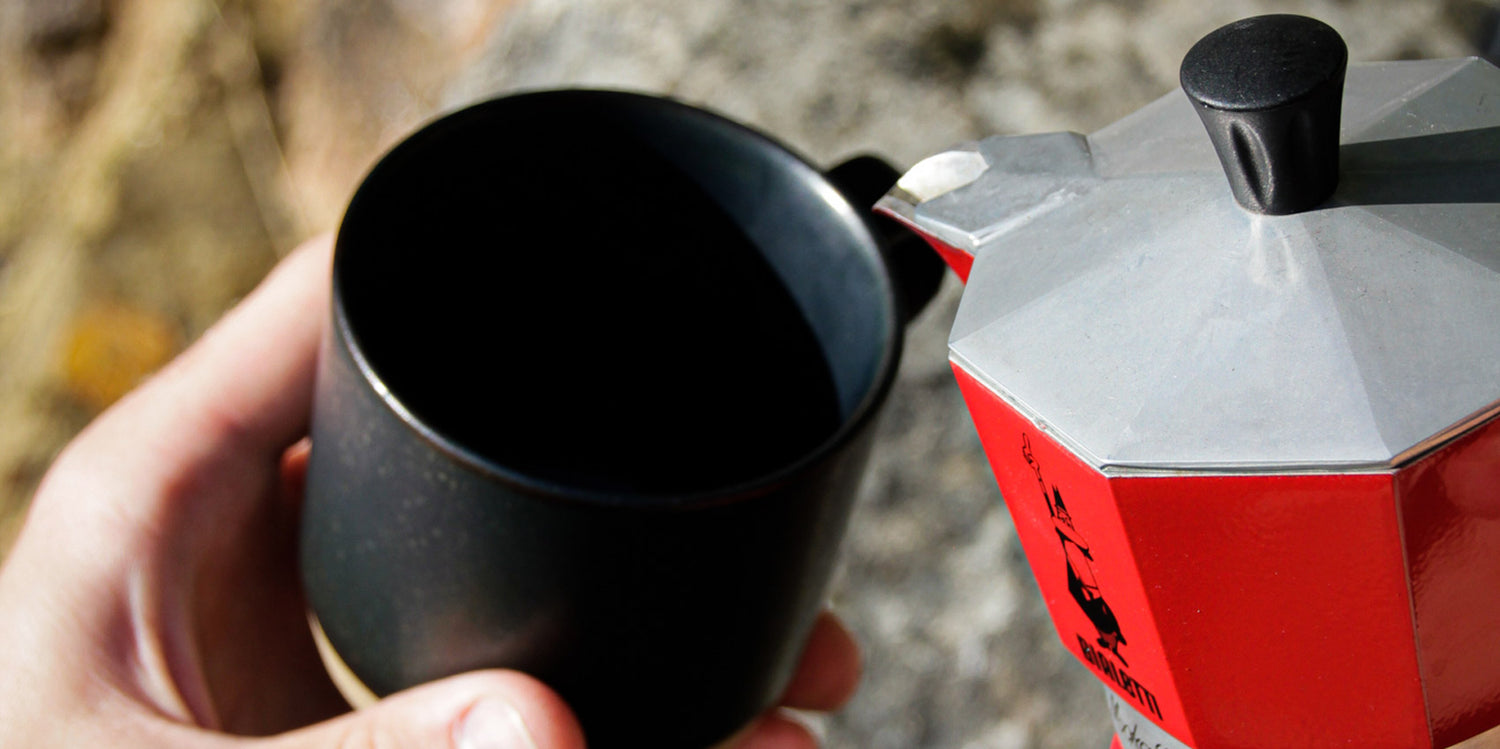Coffee beans for the moka pot
Why should you make coffee with a moka pot / Bialetti?
Quality and taste of coffee preparation with the moka pot / Bialetti
Our step-by-step instructions for preparing with the moka pot
The advantages of a moka pot
Coffees for this preparation method
17 products
-
Vienna Calling
 Vendor:Vienna CallingWildkaffee - Dunkle Röstung
Vendor:Vienna CallingWildkaffee - Dunkle Röstung- Regular price
-
€14,70 EUR €37,90 EUR - Regular price
-
- Sale price
-
€14,70 EUR €37,90 EUR - Unit price
-
€42,00 EUR per kg
-
Out of the Dark

 Vendor:Out of the DarkWildkaffee - Dunkle Röstung
Vendor:Out of the DarkWildkaffee - Dunkle Röstung- Regular price
-
€11,70 EUR €32,50 EUR - Regular price
-
- Sale price
-
€11,70 EUR €32,50 EUR
-
Wilderer Espresso

 Vendor:Wilderer EspressoWildkaffee - Dunkle Röstung
Vendor:Wilderer EspressoWildkaffee - Dunkle Röstung- Regular price
-
€11,90 EUR €32,90 EUR - Regular price
-
- Sale price
-
€11,90 EUR €32,90 EUR - Unit price
-
€34,00 EUR per kg
-
Hausespresso

 Vendor:HausespressoWildkaffee - Dunkle Röstung
Vendor:HausespressoWildkaffee - Dunkle Röstung- Regular price
-
€11,90 EUR €32,90 EUR - Regular price
-
- Sale price
-
€11,90 EUR €32,90 EUR - Unit price
-
€34,00 EUR per kg
-
Wildsau Espresso

 Vendor:Wildsau EspressoWildkaffee - Dunkle Röstung
Vendor:Wildsau EspressoWildkaffee - Dunkle Röstung- Regular price
-
€12,90 EUR €34,90 EUR - Regular price
-
- Sale price
-
€12,90 EUR €34,90 EUR - Unit price
-
€36,86 EUR per kg
-
El Salvador - Coffee School Project
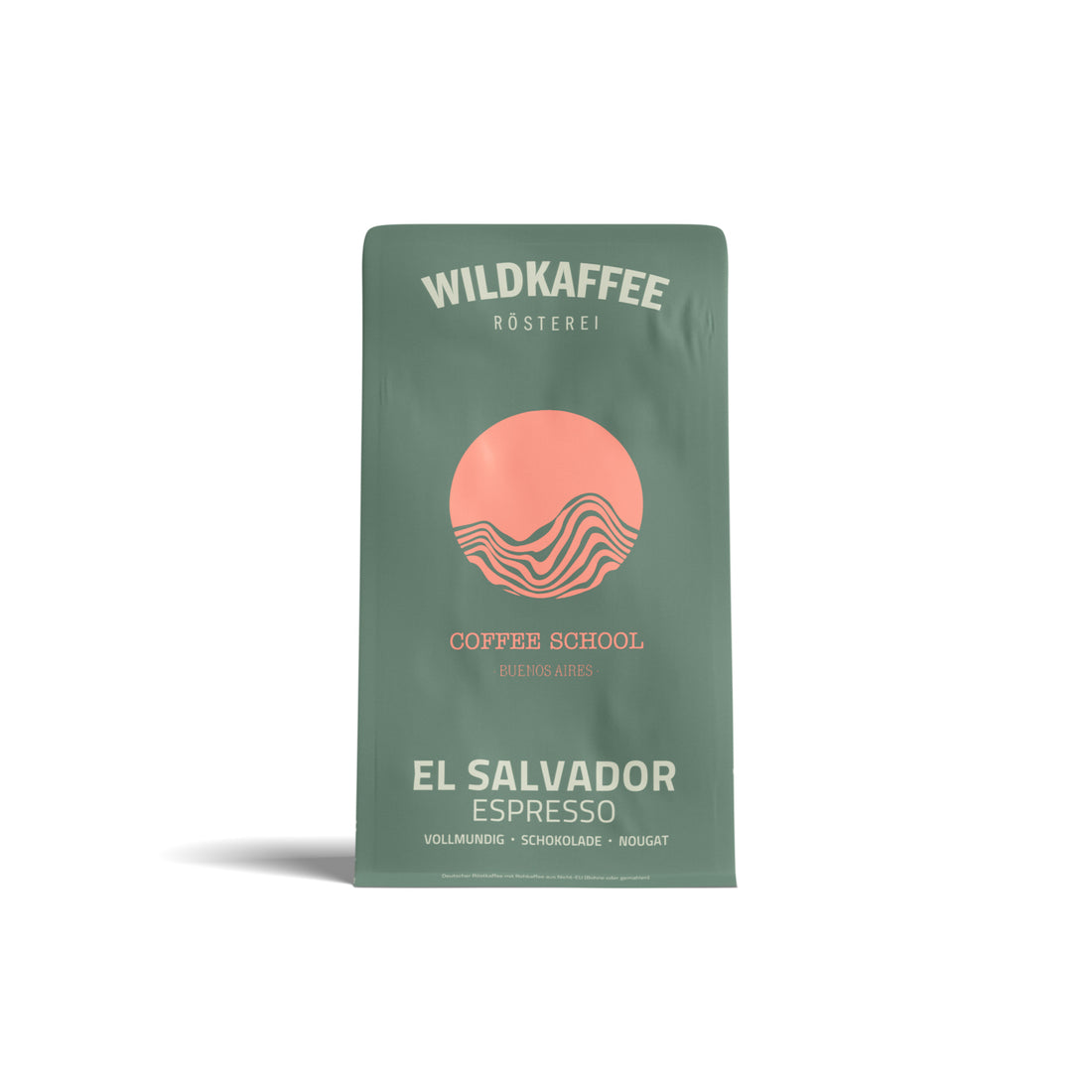 Vendor:El Salvador - Coffee School ProjectWildkaffee - Dunkle Röstung
Vendor:El Salvador - Coffee School ProjectWildkaffee - Dunkle Röstung- Regular price
-
€13,50 EUR €35,90 EUR - Regular price
-
- Sale price
-
€13,50 EUR €35,90 EUR - Unit price
-
€38,57 EUR per kg
-
Bergsonne Espresso
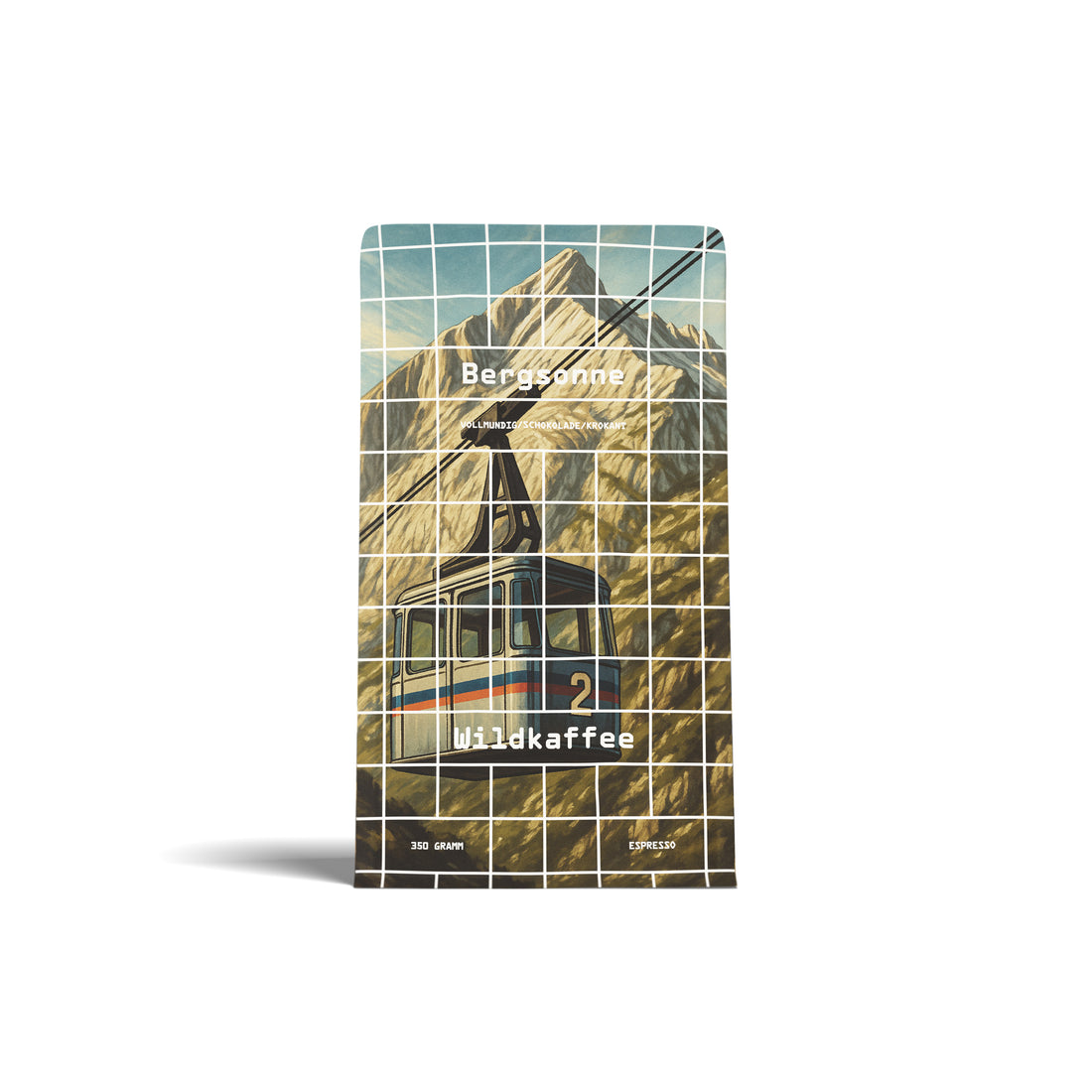
 Vendor:Bergsonne EspressoWildkaffee - Dunkle Röstung
Vendor:Bergsonne EspressoWildkaffee - Dunkle Röstung- Regular price
-
€12,50 EUR €33,90 EUR - Regular price
-
- Sale price
-
€12,50 EUR €33,90 EUR - Unit price
-
€35,71 EUR per kg
-
Sample Pack - Dark Roast 1
 Vendor:Sample Pack - Dark Roast 1Wildkaffee
Vendor:Sample Pack - Dark Roast 1Wildkaffee- Regular price
-
€22,50 EUR - Regular price
-
€23,60 EUR - Sale price
-
€22,50 EUR - Unit price
-
€32,14 EUR per kg
-
Sample Pack - Dark Roast 2
 Vendor:Sample Pack - Dark Roast 2Wildkaffee
Vendor:Sample Pack - Dark Roast 2Wildkaffee- Regular price
-
€26,50 EUR - Regular price
-
€27,60 EUR - Sale price
-
€26,50 EUR - Unit price
-
€37,86 EUR per kg
-
Indonesia Senja Malino
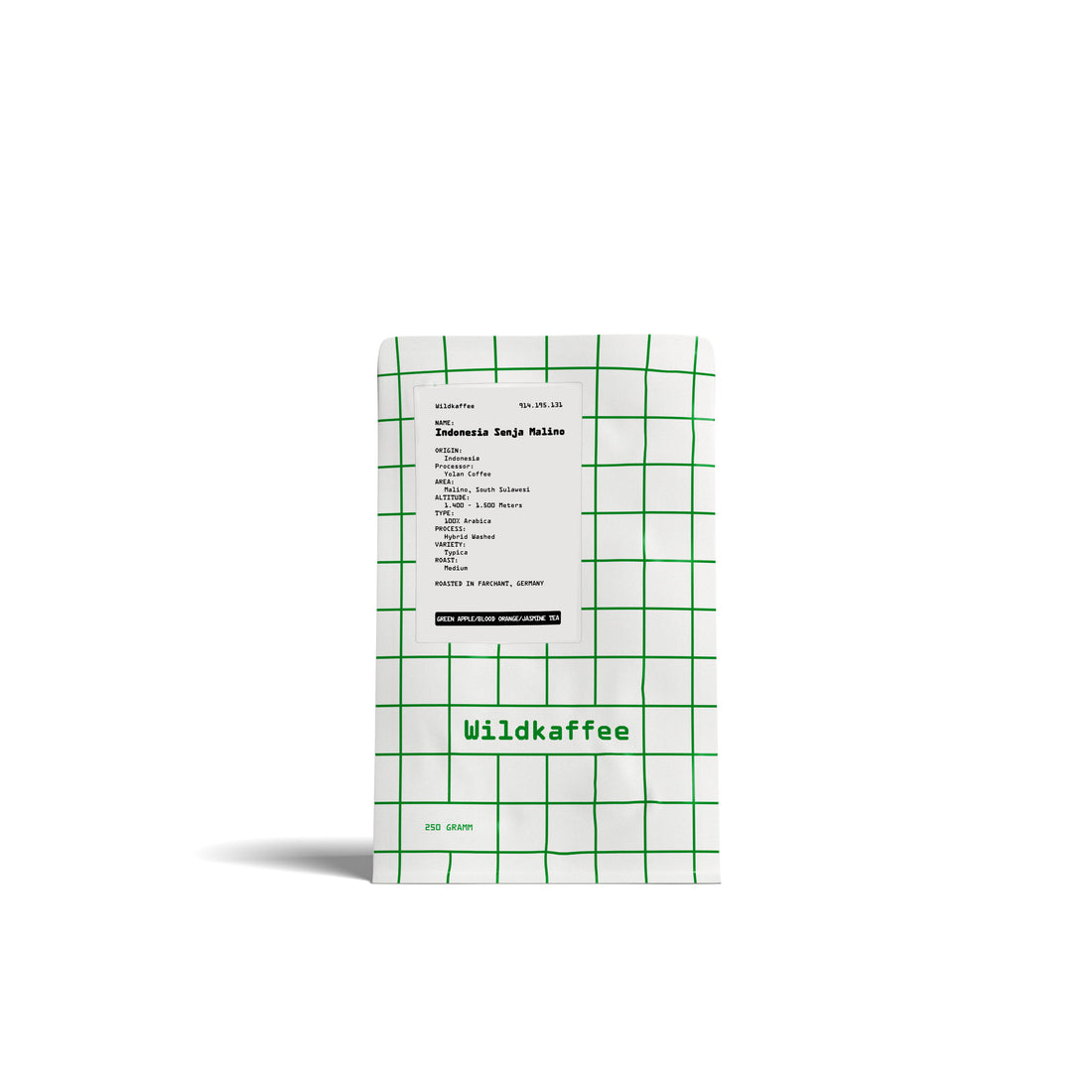 Vendor:Indonesia Senja MalinoWildkaffee - Mittlere Röstung
Vendor:Indonesia Senja MalinoWildkaffee - Mittlere Röstung- Regular price
-
€14,90 EUR - Regular price
-
- Sale price
-
€14,90 EUR - Unit price
-
€42,57 EUR per kg
-
Brazil Capim Branco
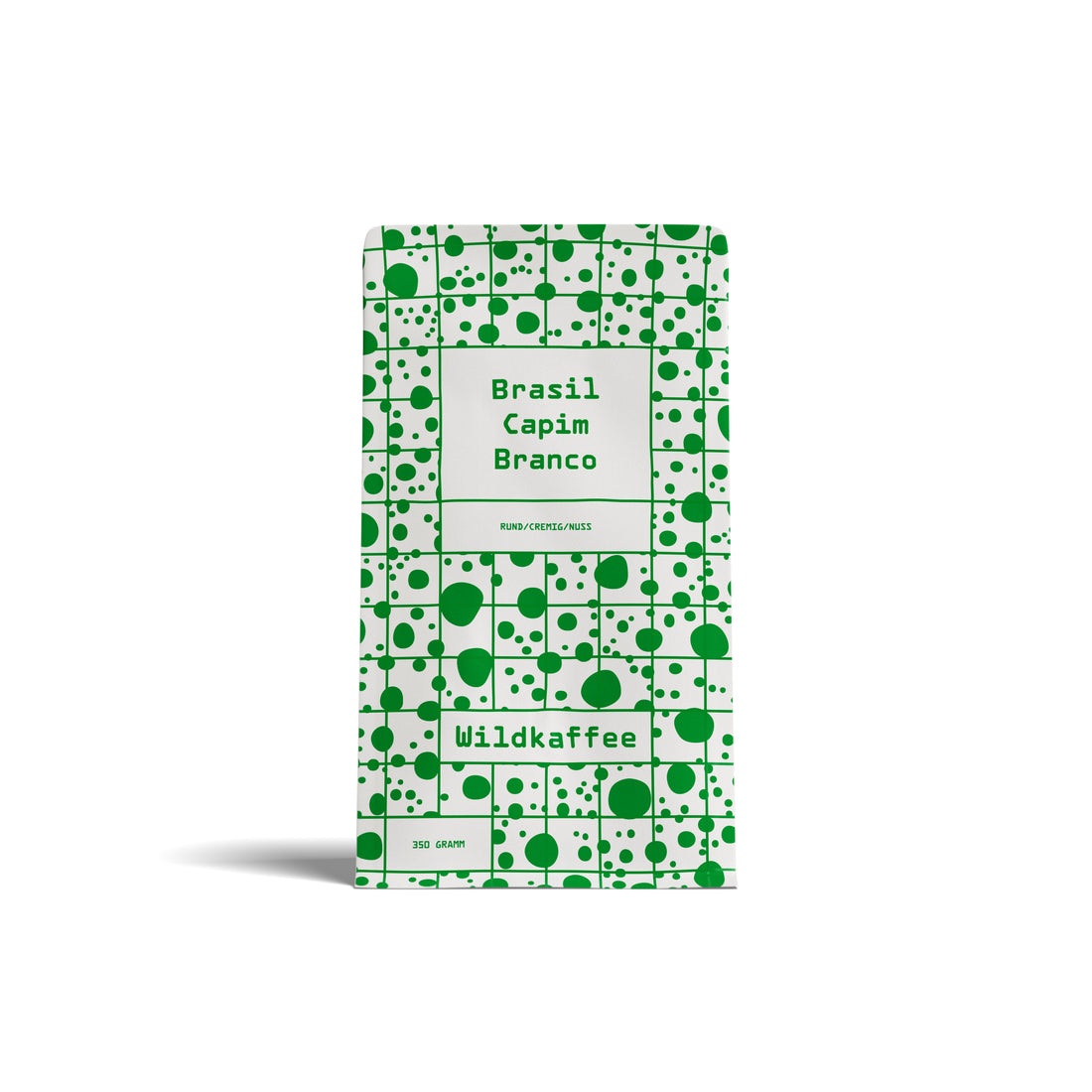
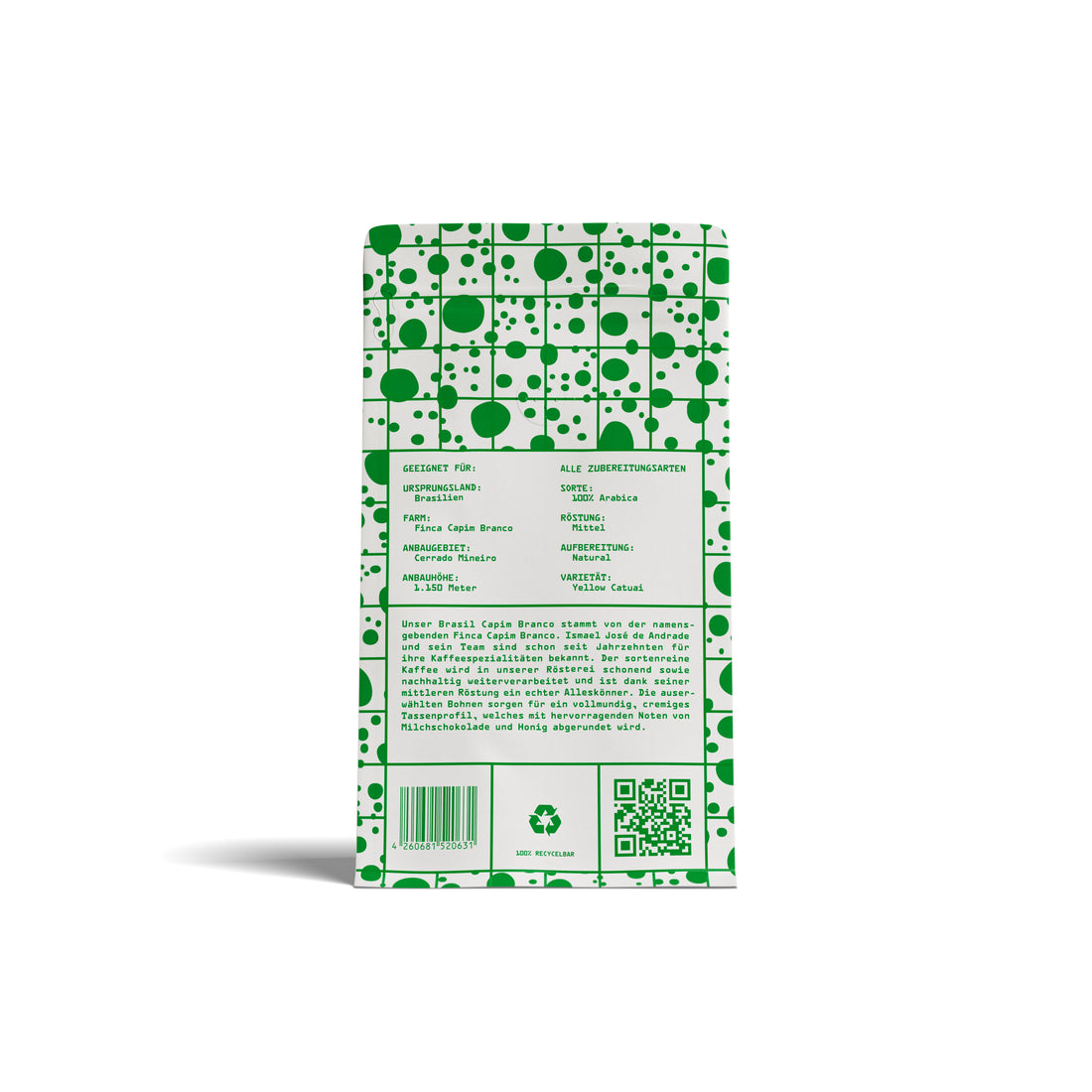 Vendor:Brazil Capim BrancoWildkaffee - Mittlere Röstung
Vendor:Brazil Capim BrancoWildkaffee - Mittlere Röstung- Regular price
-
€11,50 EUR €30,90 EUR - Regular price
-
- Sale price
-
€11,50 EUR €30,90 EUR - Unit price
-
€32,86 EUR per kg
-
Ethiopia West Arsi

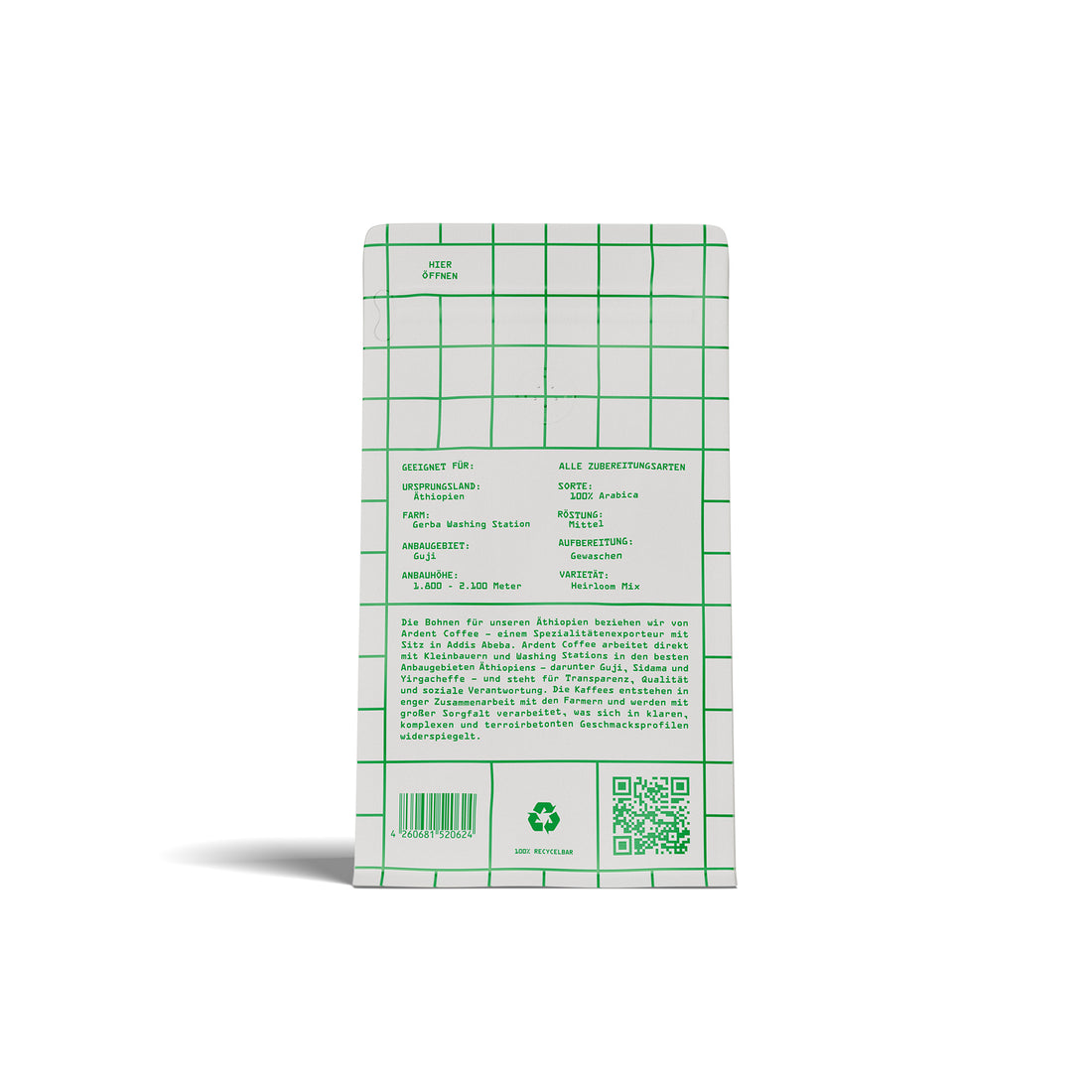 Vendor:Ethiopia West ArsiWildkaffee - Mittlere Röstung
Vendor:Ethiopia West ArsiWildkaffee - Mittlere Röstung- Regular price
-
€13,50 EUR €35,90 EUR - Regular price
-
- Sale price
-
€13,50 EUR €35,90 EUR - Unit price
-
€38,57 EUR per kg
-
Guatemala San Lorenzo
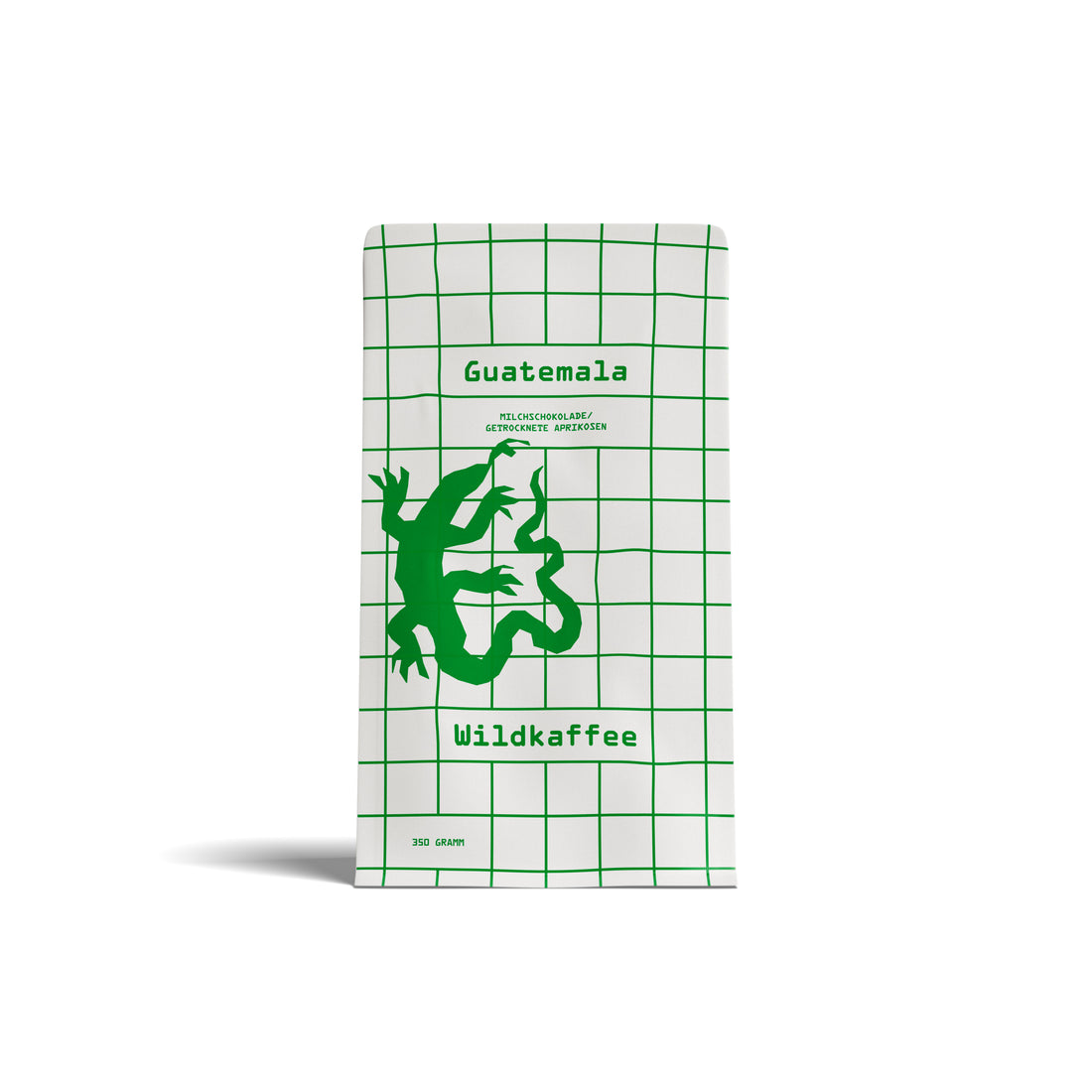
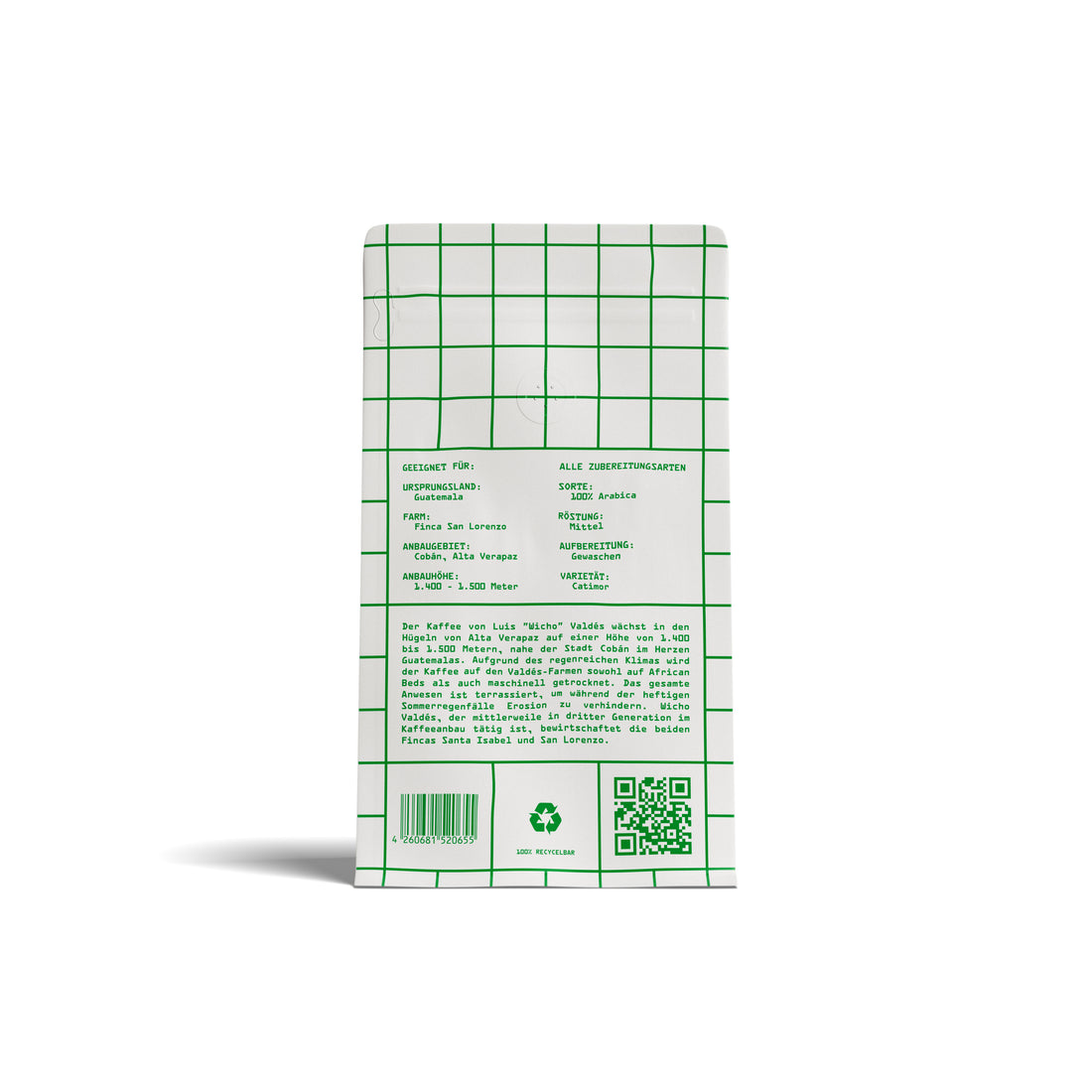 Vendor:Guatemala San LorenzoWildkaffee - Mittlere Röstung
Vendor:Guatemala San LorenzoWildkaffee - Mittlere Röstung- Regular price
-
€13,90 EUR €36,90 EUR - Regular price
-
- Sale price
-
€13,90 EUR €36,90 EUR - Unit price
-
€39,71 EUR per kg
-
Wilde Milde

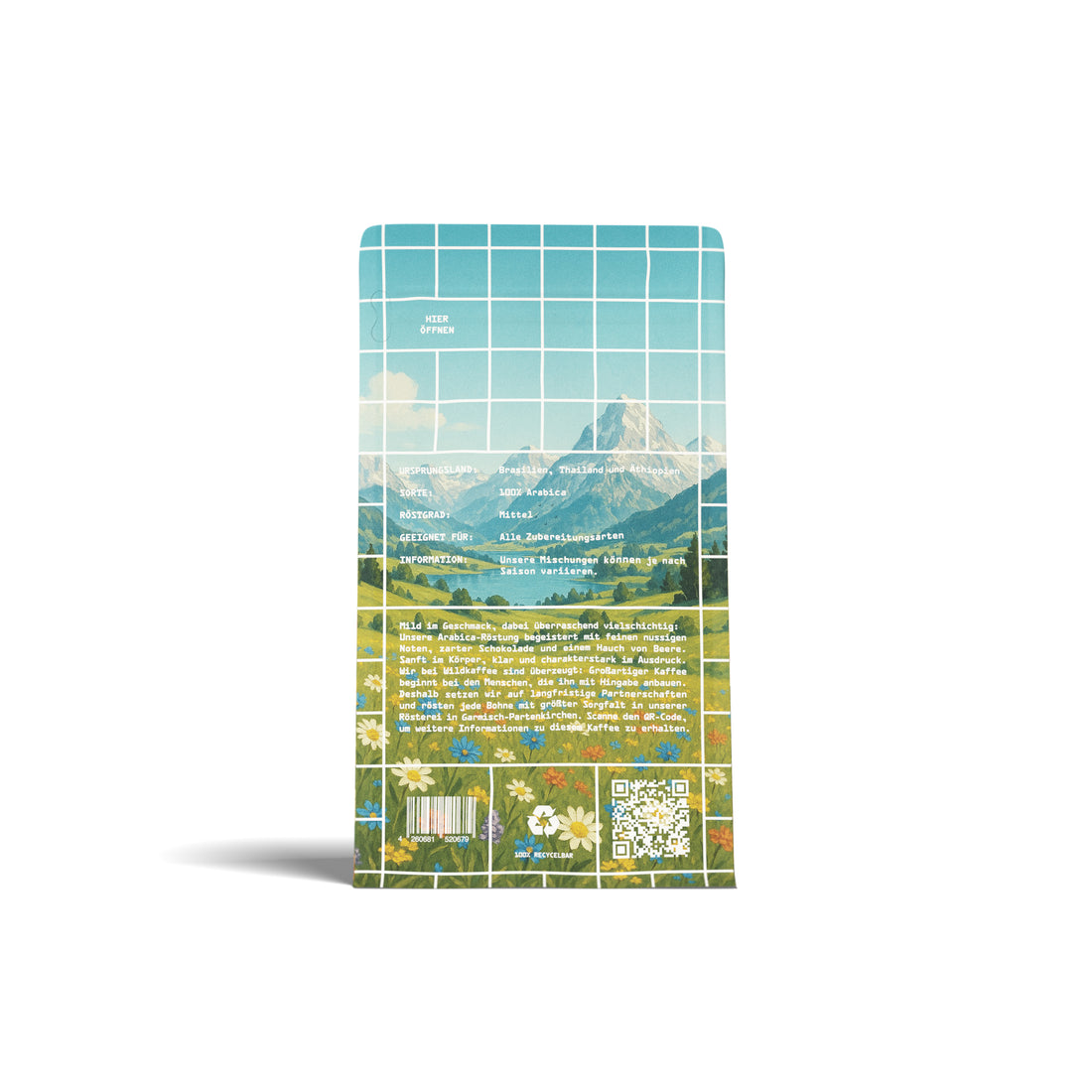 Vendor:Wilde MildeWildkaffee - Mittlere Röstung
Vendor:Wilde MildeWildkaffee - Mittlere Röstung- Regular price
-
€11,90 EUR €32,90 EUR - Regular price
-
- Sale price
-
€11,90 EUR €32,90 EUR - Unit price
-
€34,00 EUR per kg
-
Decaffeinated
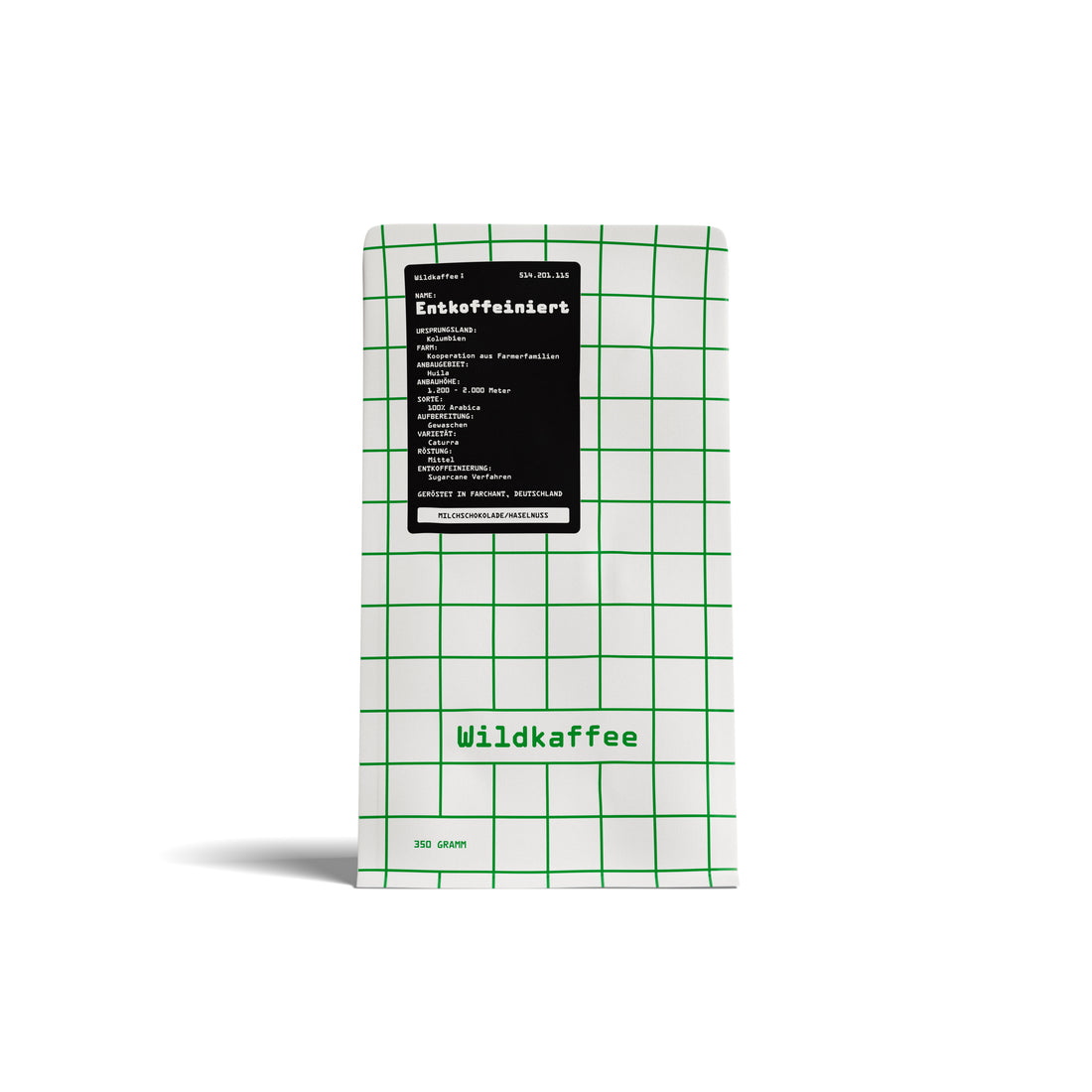 Vendor:DecaffeinatedWildkaffee - Mittlere Röstung
Vendor:DecaffeinatedWildkaffee - Mittlere Röstung- Regular price
-
€13,90 EUR - Regular price
-
- Sale price
-
€13,90 EUR - Unit price
-
€39,71 EUR per kg
-
Sample Pack - Medium Roast 1
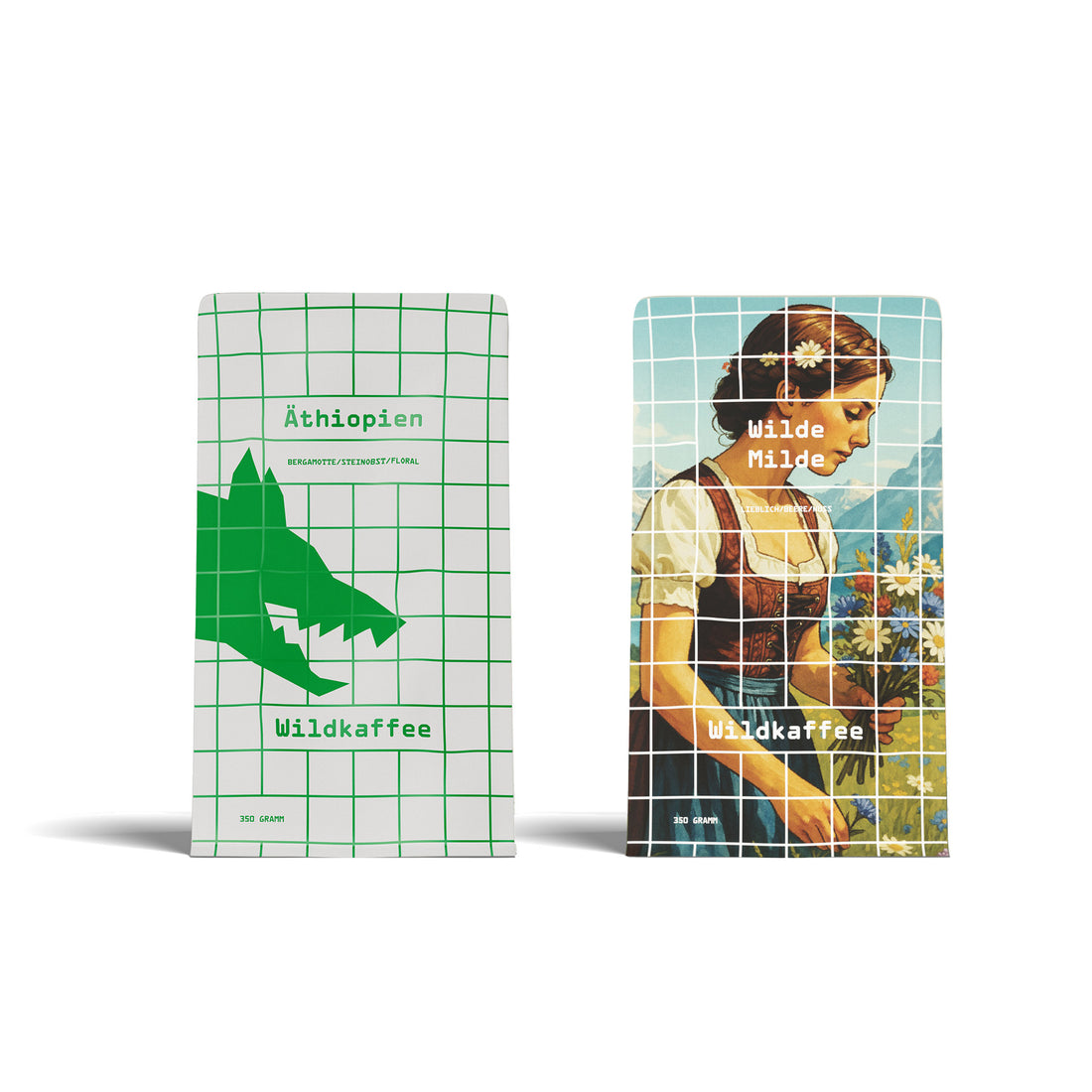 Vendor:Sample Pack - Medium Roast 1Wildkaffee
Vendor:Sample Pack - Medium Roast 1Wildkaffee- Regular price
-
€24,00 EUR - Regular price
-
€25,40 EUR - Sale price
-
€24,00 EUR - Unit price
-
€34,29 EUR per kg
-
Sample Pack - Medium Roast 2
 Vendor:Sample Pack - Medium Roast 2Wildkaffee
Vendor:Sample Pack - Medium Roast 2Wildkaffee- Regular price
-
€24,00 EUR - Regular price
-
€25,40 EUR - Sale price
-
€24,00 EUR - Unit price
-
€34,29 EUR per kg
